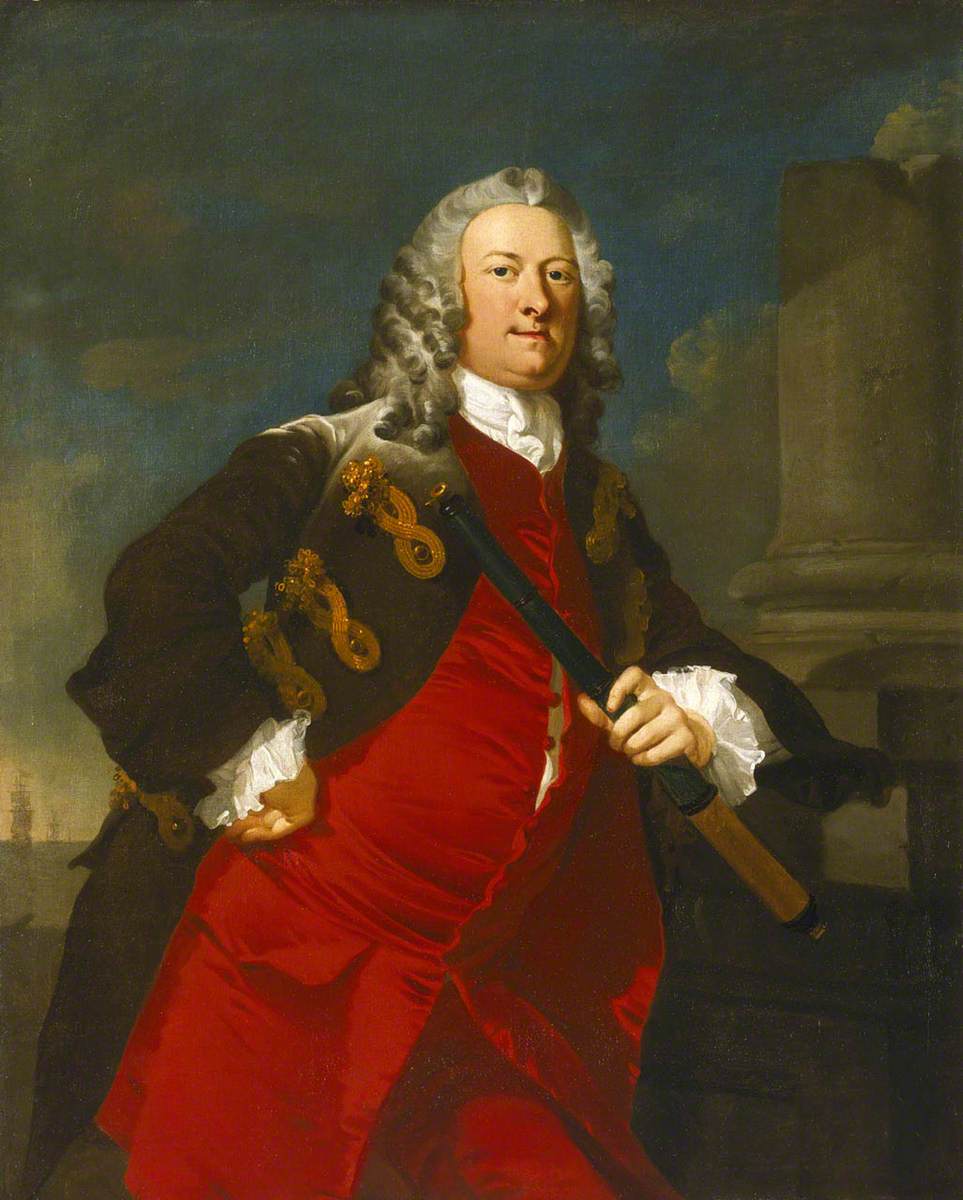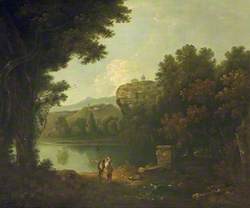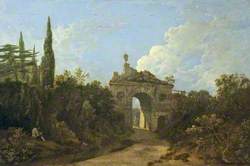How you can use this image
This image can be used for non-commercial research or private study purposes, and other UK exceptions to copyright permitted to users based in the United Kingdom under the Copyright, Designs and Patents Act 1988, as amended and revised. Any other type of use will need to be cleared with the rights holder(s).
Review the copyright credit lines that are located underneath the image, as these indicate who manages the copyright (©) within the artwork, and the photographic rights within the image.
The collection that owns the artwork may have more information on their own website about permitted uses and image licensing options.
Review our guidance pages which explain how you can reuse images, how to credit an image and how to find images in the public domain or with a Creative Commons licence available.
Notes
Add or edit a note on this artwork that only you can see. You can find notes again by going to the ‘Notes’ section of your account.
A three-quarter-length portrait to right in a grey velvet coat with looped gold braid detailing round the buttons, ending in an elaborate knot of sequins. The coat is lined with red silk and waistcoat and breeches are of the same material. White lace froths at the cuffs and collar. Smith wears a grey full-bottomed wig and leans on the plinth of a broken column, holding a telescope in his left hand. Through attention to detail and the use of rich fabrics, the artist reveals the status of the sitter. His taste for good living is implied by the open buttons of his waistcoat barely concealing his ample girth. When Smith was a junior lieutenant in the 'Gosport', 43 guns, in 1728, he achieved some notoriety by forcing a French corvette visiting Plymouth to salute him and dip her pennant on her departure.
The artist was born in Wales and from 1729 trained for six years as a portrait painter in London, under Thomas Wright. He had built up a relatively successful portrait practice by the 1740s but in 1750 he travelled to Italy, where his experiences inspired him to turn to landscape painting. It is for his subsequent work in this area that he is most famous, notably the fusion of classical composition with an incipient personal romanticism in his style of painting.
Title
Commodore Thomas Smith (1707–1762)
Date
c.1744
Medium
oil on canvas
Measurements
H 126 x W 102 cm
Accession number
BHC3032
Acquisition method
National Maritime Museum (Greenwich Hospital Collection)
Work type
Painting









